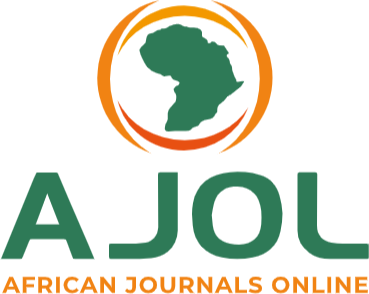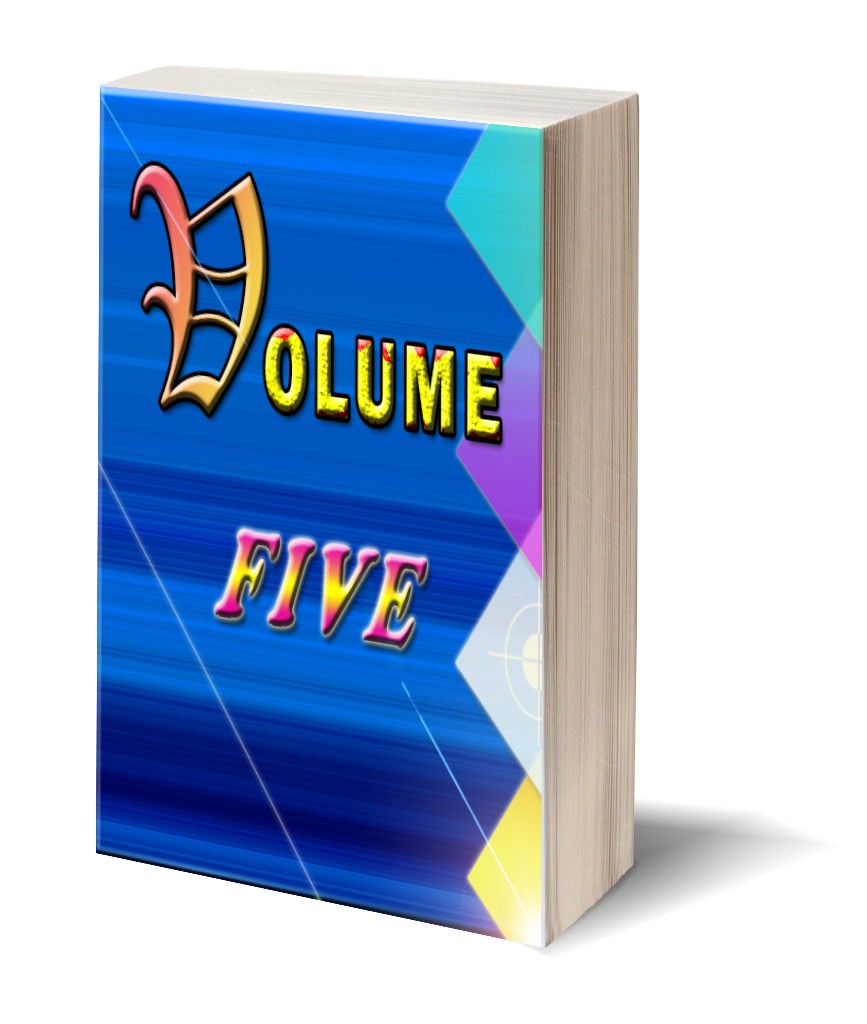Sorghum Waste as an Efficient Adsorbent for the Removal of Zn2+and Cu2+ from Aqueous Medium
Keywords:
Adsorption, Adsorbent, Sorghum waste, Heavy metalsAbstract
Authors: Nsikak Bassey Essien, Uduak Essien & Aniefon. A Ibuot
In order to offer green solution to the removal of heavy metal ion from aqueous medium, sorghum waste was found to be effective for the removal of Cu2+ and Zn2+ metal ions from aqueous solutions. The result obtained shows that the extent of metal ion removed increases with increasing contact time, increasing adsorbent doses and increasing metal ion concentrations. Different adsorption models including the Freundlich, Temkin and Dubinin-Radushkevich were used, to described the adsorption characteristics of sorghum waste for Zn2+ and Cu2+ ions. The extent of interaction was established through the values of their respective adsorption constant. The kinetic of the adsorption process best fitted the pseudo second order kinetic model. Functional groups linked to the adsorbent before and after adsorption experiments were identified through FTIR analysis and they were found to differ for the different metal ions. The adsorption of these metal ions from aqueous solution was consistent with the mechanism of physical adsorption. Sorghum waste was found to be an excellent adsorbent for Cu2+ and Zn2+ ions in aqueous environment
Downloads
Published
Issue
Section
Similar Articles
- Samuel Awolumate, Aderonke Nana Agbo, Nutrient Retention and Feed Utilization Efficiency in Clarias gariepinus: The Role of Lysine and Methionine in Enhancing Protein Deposition and Reducing Nitrogen Waste , Communication In Physical Sciences: Vol. 12 No. 3 (2025): VOLUME 12 ISSUE 3
- Samuel Eguom Osim, Benefit Onu, Evaluation of Growth and Nutrient Profiles of Phaseolus vulgaris L. in Soil Treatment with Paint Waste Water , Communication In Physical Sciences: Vol. 8 No. 4 (2022): VOLUME 8 ISSUE 4
- Mikyitsabu Ago Atoshi, Ataitiya Hyelalibiya, Production and Characterization of Chemically Activated Carbon from Khaya senegalensis Shell Waste , Communication In Physical Sciences: Vol. 9 No. 4 (2023): VOLUME 9 ISSUE 4
- Joachim Johnson Awaka-Ama, Godwin James Udo, Emaime Jimmy Uwanta, Nsikan Jackson Etukudo, Nyeneime William Akpanudo, Raphael Igwe, Comparative Analysis of Heavy Metal Contamination in Regular and Artisanal Petroleum Products in Akwa Ibom State, South-South Nigeria , Communication In Physical Sciences: Vol. 11 No. 3 (2024): VOLUME 11 ISSUE 3
- Joseph Jacob, Paul Andrew P. Mamza, Mechanism of Water Absorption Behaviour in Groundnut Shell Powder Filled Waste HDPE Composites , Communication In Physical Sciences: Vol. 6 No. 1 (2020): VOLUME 6 ISSUE 1
- Paul A. P. Mamza, Casmir E. Gimba , S. A. Yaro, Study on the Mechanical Properties of Low- Density Polyethylene Cow Horn Powder Composite , Communication In Physical Sciences: Vol. 8 No. 2 (2022): VOLUME 8 ISSUE 2
- Richard Alexis Ukpe, Synthesis and Characterization of Calcium Oxide Nanoparticles (CaO-NPs) from Waste Oyster Shells , Communication In Physical Sciences: Vol. 10 No. 3 (2023): VOLUME 10 ISSUE 3 (2023-2024)
- Emmanuel Michael Umoh, Edidiong Sunday Sam, The Recycling of Sawdust Waste into Particleboard Using Starch-Based Modified Adhesive , Communication In Physical Sciences: Vol. 6 No. 1 (2020): VOLUME 6 ISSUE 1
- Etido P. Inyang, Joseph E. Ntibi, Efiong A. Ibanga, Funmilayo Ayedun, Ephraim P. Inyang, Etebong E. Ibekwe, Eddy S. William, Ita O. Akpan, Thermodynamic properties and mass spectra of a quarkonium system with Ultra Generalized Exponential–Hyperbolic Potential , Communication In Physical Sciences: Vol. 7 No. 2 (2021): VOLUME 7 ISSUE 2
- Musa Runde, M. H. Shagal, Y. Abba, Production and Purification of Biogas Generated by Co-digestion of Cow Dung and Kitchen Waste , Communication In Physical Sciences: Vol. 5 No. 4 (2020): VOLUME 5 ISSUE 4
You may also start an advanced similarity search for this article.




